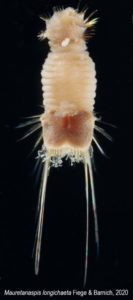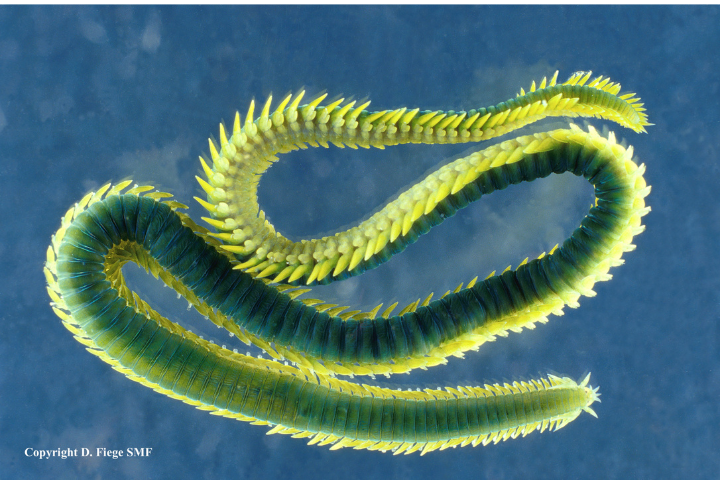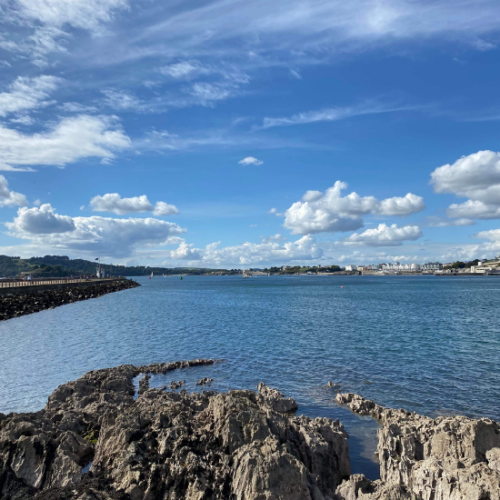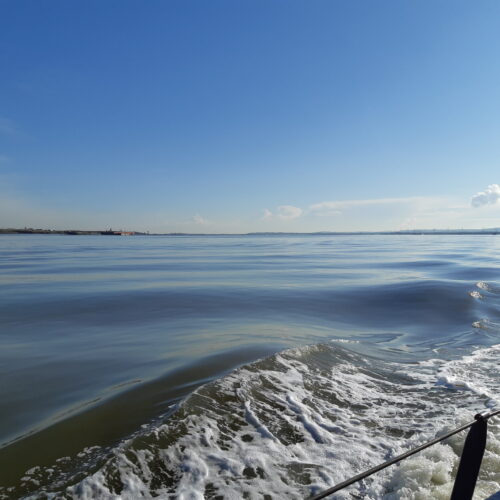As a laboratory specialising in the identification of marine animals from different habitats and locations around the world, it is not unusual for us to find species that are new to science. Our followers in the media might recall that Ruth Barnich, our principal taxonomist, has discovered numerous new species over the years.

Just recently we announced the discovery of a new genus and species of mud-owl worms from the deep-sea off West Africa, Mauretanapis longichaeta Fiege & Barnich, 2020, which was published in European Journal of Taxonomy https://doi.org/10.5852/ejt.2020.699.
Other discoveries include Ampharete oculicirrata Parapar, Moreira & Barnich, 2019 from the West Shetland Shelf, the worm with eyes in its head and in its bottom (see https://doi.org/10.5852/ejt.2019.531). Also, Ruth has described many species of scale worm, including Malmgrenia thomsonae Barnich, Dietrich, Hager & Fiege, 2017 from the Celtic Sea and Irish Sea and Malmgrenia bicki Barnich, Dietrich, Hager & Fiege, 2017 from the North Sea (see https://doi.org/10.1007/s12526-017-0802-4).
We are often asked if the presence of a new species in a particular location means that this area or habitat needs a special type of protection?
Although it is difficult to say for sure when a species is first discovered, the answer is “most likely not”, at least not just because a new species was found. Often the reason species go undiscovered for so long is not that they are rare, but simply an artefact of previously low sampling effort in that area, combined with a lack of thorough taxonomic studies for the considered group of species. We have often found that, after discovering and describing a new species, further sampling in similar habitats yields many more specimens of that species.
Of course it might well be that this part of the sea bottom shows a certain number of characteristics, such as the presence of endangered species, being an area in need of recovery, and so on, which would eventually lead to a protected status for that area, highlighting the need for continued research into the relatively unknown marine world.
In any case, discovering a new species is always very rewarding and brings a thrill to our day-to-day work! If you are interested in the journey from the discovery to the publication of a new species, please check out our blog https://www.thomsonec.com/news/the-new-worm-species-story/.











